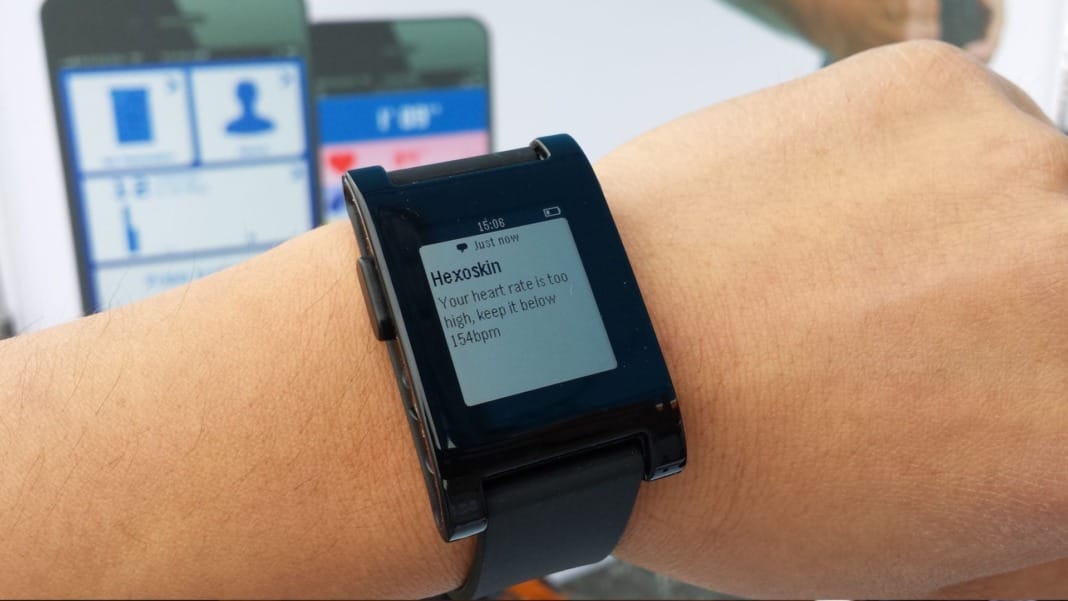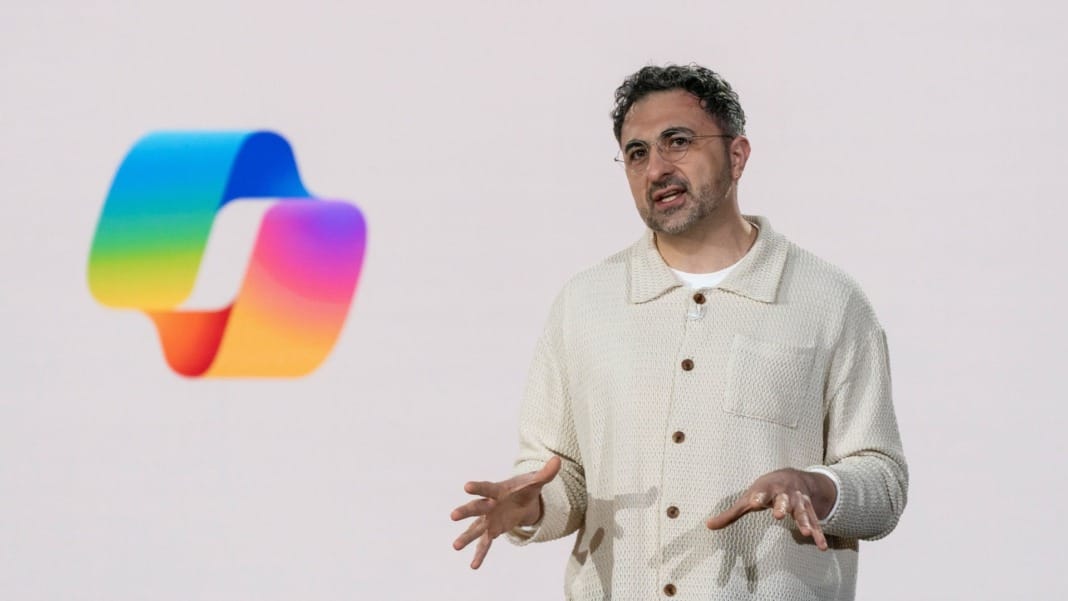Pebble, one of the earliest pioneers in the smartwatch industry, is making an official return to the market—and this time, it can do so under its original name. Core Devices CEO Eric Migicovsky confirmed in a blog post that the company has successfully regained the trademark for Pebble, allowing the upcoming devices to be officially marketed as Pebble watches once again.
“Great news — we’ve been able to recover the trademark for Pebble! Honestly, I wasn’t expecting this to work out so easily,” Migicovsky wrote in the update. He also announced that what was previously called the Core 2 Duo will now be known as the Pebble 2 Duo, while the Core Time 2 is being renamed the Pebble Time 2.
Posted a big Pebble update! https://t.co/V7OpcQAqXe pic.twitter.com/iEZbFrFYeI
— Eric Migicovsky (@ericmigi) July 25, 2025
The change marks a poignant return for a brand that once captured the imagination of early smartwatch enthusiasts. Pebble gained a dedicated following for its simple yet effective design and its focus on functionality over flashy features. However, despite its popularity among tech enthusiasts, the company struggled to maintain momentum against competitors such as Fitbit, Apple, and Samsung.
A look back at Pebble’s journey
Pebble initially gained fame as one of the first major success stories on Kickstarter, raising millions of dollars and helping to define what a smartwatch could be. However, the rise of more dominant players in the wearables market ultimately led to Pebble’s acquisition by Fitbit in 2016, for US$23 million. That acquisition marked the end of the original Pebble era.
When Google later acquired Fitbit, it led to a significant development: Google agreed to open-source Pebble’s software. This move allowed the Pebble community to continue building on the brand’s legacy. Earlier this year, Migicovsky announced plans to revive Pebble through a new product line, though trademark restrictions initially meant the devices had to launch under the Core branding.
Now that those legal hurdles have been cleared, Pebble can once again operate under its well-known and much-loved name. This shift is more than symbolic—it is a calculated move to reconnect with loyal fans and signal a return to the values that made Pebble unique.
The community behind the comeback
The return to the Pebble name is more than a marketing decision. It acknowledges the loyal community that kept the brand’s spirit alive during its absence. Enthusiasts who were disappointed by the direction of the smartwatch market often voiced their preference for Pebble, citing its ease of use, long battery life, and open development ecosystem.
In the years following the brand’s official closure, a grassroots community known as Rebble formed to support the continued use of Pebble devices. Developers and fans collaborated to maintain software support and introduce new features. Many users have continued to wear their original Pebble watches long after the company shut down, a testament to the brand’s lasting appeal.
“With the recovery of the Pebble trademark, that means you too can use the word Pebble for Pebble-related software and hardware projects,” Migicovsky said, extending a nod to the community’s efforts and encouraging further innovation.
The return of the Pebble name strengthens the narrative of a brand reborn—not just through new devices, but also through a user-driven ecosystem that has refused to fade away. For the die-hard fans who kept the memory alive, this development marks the long-awaited completion of Pebble’s return.





